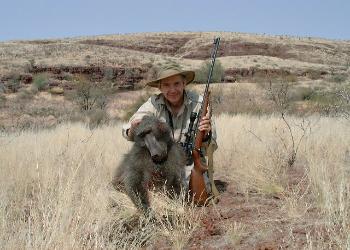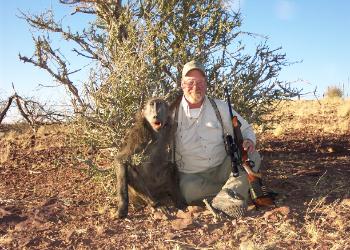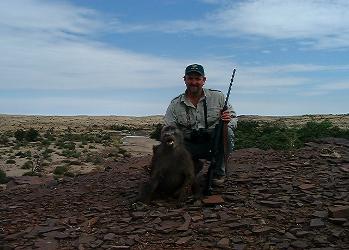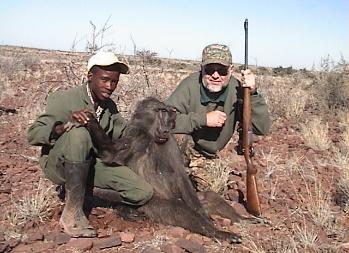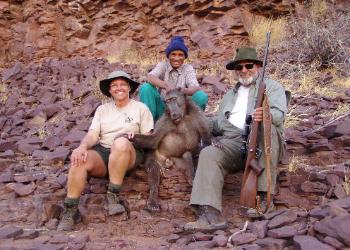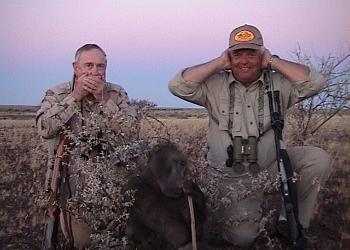HOME | PAYMENT | DISCLAIMERS | CONTACT US
| 1-702-425-5086 |
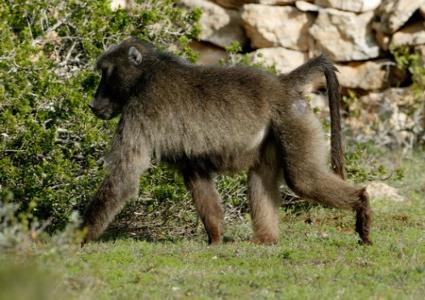
| Baboon |
Habitat
Savanna woodlands and mountains. Baboons are very seldom seen in open
grasslands. As long as food, water and suitable sleeping spaces are available, they
can live almost anywhere.
Baboons live in troops of up to 40 or 50 individuals, congregating at night in a
chosen tree or cliff, where they sleep and from which they descend in the morning
and look for food. They never travel too far from their sleeping spots, not more than
2 or 3 kilometers, but they normally have more than one of these sleeping sites,
within their territory, that they use on a rotation basis. Spending most of the daylight
hours on the ground, baboons are very exposed to predators, leopard in particular.
They have very good hearing and eyesight. Baboons are always on the alert, very
often associating with other animals, like impala. If a predator approaches the male
gives the alarm bark, and the troop will go up the tree or trees. If no trees are
available, the vulnerable members of the troop will congregate in the center of the
group, with the males on the outside. Adult males can weigh up to 43 kg and females
up to 17 kg. Their lifespan can range from 20 to 30 years.
Baboons are omnivorous, feeding on fruits, roots, leaves, grass, flowers, insects,
lizards, birds and their eggs. They might even kill the newborn of some antelope and
even leopard cubs. They can stay without water for up to 11 days by eating
succulents vegetation and fruit.
Female give birth to a single young after a gestation period of about 6 months. Not
mating again for the following 18 months.
Savanna woodlands and mountains. Baboons are very seldom seen in open
grasslands. As long as food, water and suitable sleeping spaces are available, they
can live almost anywhere.
Baboons live in troops of up to 40 or 50 individuals, congregating at night in a
chosen tree or cliff, where they sleep and from which they descend in the morning
and look for food. They never travel too far from their sleeping spots, not more than
2 or 3 kilometers, but they normally have more than one of these sleeping sites,
within their territory, that they use on a rotation basis. Spending most of the daylight
hours on the ground, baboons are very exposed to predators, leopard in particular.
They have very good hearing and eyesight. Baboons are always on the alert, very
often associating with other animals, like impala. If a predator approaches the male
gives the alarm bark, and the troop will go up the tree or trees. If no trees are
available, the vulnerable members of the troop will congregate in the center of the
group, with the males on the outside. Adult males can weigh up to 43 kg and females
up to 17 kg. Their lifespan can range from 20 to 30 years.
Baboons are omnivorous, feeding on fruits, roots, leaves, grass, flowers, insects,
lizards, birds and their eggs. They might even kill the newborn of some antelope and
even leopard cubs. They can stay without water for up to 11 days by eating
succulents vegetation and fruit.
Female give birth to a single young after a gestation period of about 6 months. Not
mating again for the following 18 months.
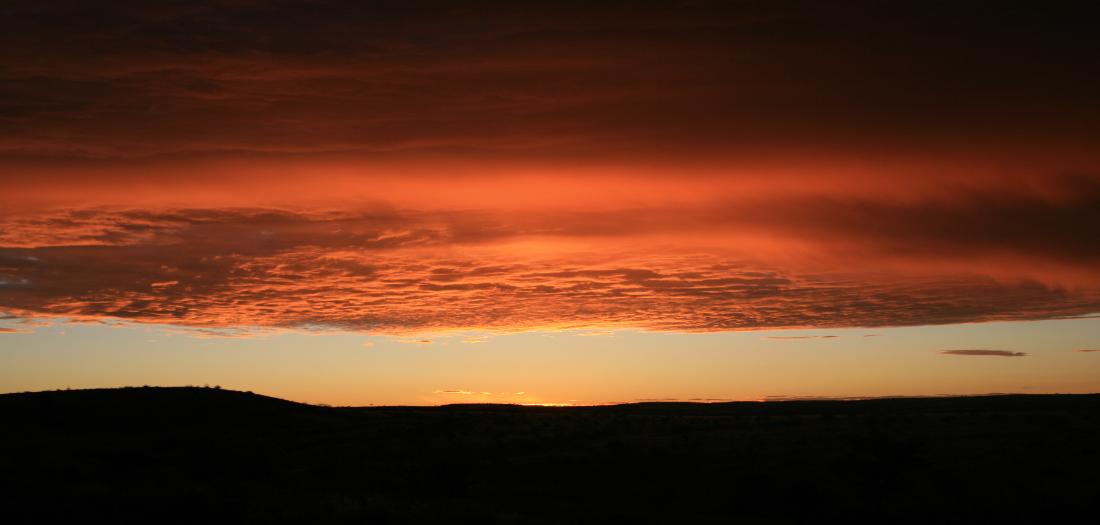
| Rennell Barney 702-425-5086 Kerry Barney |
| High Desert Safari Consultants |

